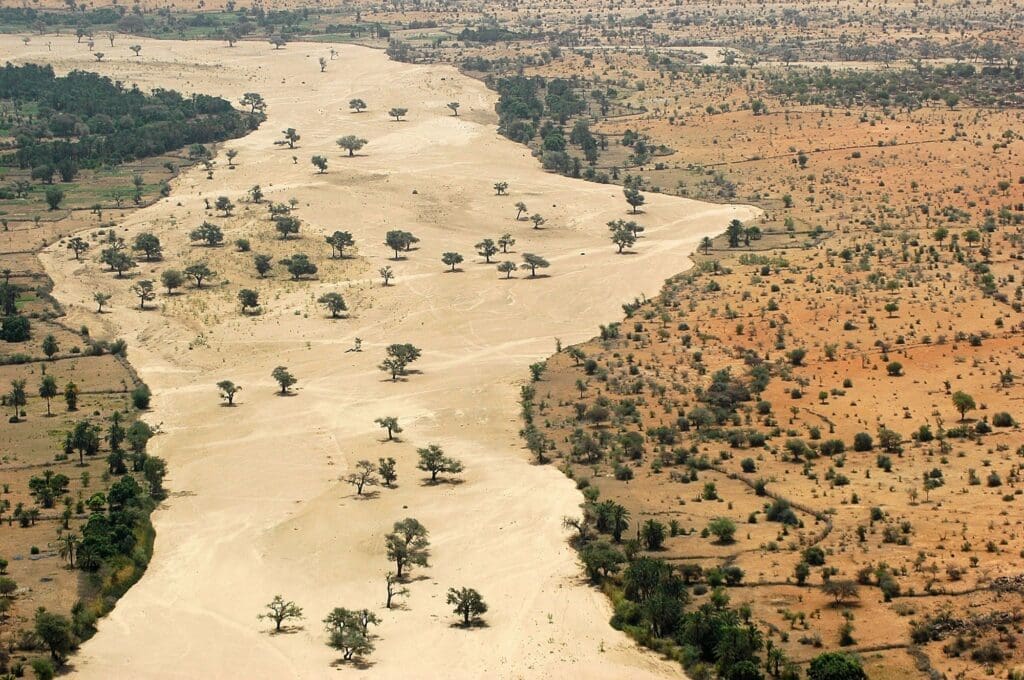
14 Facts Linking Climate, Disasters & Hunger
Most of us have an inherent understanding that our food supply is tied to weather. Plants and animals require water to grow, and that water comes from rainfall or irrigation systems that are linked to lakes, streams or aquifers. Crops require sunshine, soil and moderate temperatures to thrive. The same basic requirements are true for livestock and fisheries, so when extreme weather causes droughts or floods, the risk of going hungry increases.
Here are 14 facts that highlight the link between hunger and natural disasters:
The Big Picture: Extreme Weather is Intensifying
1. Extreme weather events have increased five-fold over the past 50 years.
2. More than 80% of the world’s hungriest people live in disaster-prone countries with high levels of environmental degradation.
3. In 2020 alone, extreme weather events displaced 30 million people – 3 times more than violence or conflict.
4. Over the last decade, 1.7 billion people were affected by extreme weather and climate-related disasters.
The Human Impacts of Climate Change
5. The dry area of land below the Sahara Desert in Africa is experiencing some of the worst land degradation of anywhere in the world. For example, 90% of Lake Chad has dried up due to rising temperatures, forcing women to walk further to collect water for their families.
6. Studies from Bangladesh show increased rates of wasting (being underweight for your age) and stunting (being too short for your age) among preschool children after floods due to reduced access to food, increased difficulties in providing proper care and greater exposure to contaminants.
7. Extreme weather events in South and Central America are causing record high levels of displacement and mass migration, with nearly 8 million people affected in El Salvador, Guatemala, Honduras, and Nicaragua — also known as “The Dry Corridor.”
8. An additional 189 million people will face hunger in a 2°C warmer world. In a 4°C warmer world, an additional 1.8 billion people will face hunger.
9. The effects of more frequent and extreme weather events are disproportionately hurting the 75% of the world’s hungry people who rely on natural resources for their livelihoods.
Our Food Supply is Dependent on Climate
10. Human-induced degradation affects 34% of agricultural land.
11. Since 1990 the world has lost 690,000 square miles of forest– an area the size of Libya.
12. In the decades to come, a 30% decrease in crop yields is expected due to the climate change.
13. Over a third of all crops grown for human consumption rely on pollinators like birds, bees and bats.
14. The global population is expected to exceed 9 billion people by 2050. In order to meet this growing demand for food, production will have to increase 60% by 2050.
~
Of all these facts, the most important one is this: We will not be able to eliminate hunger without helping vulnerable people – those living at the very limits of what our climate can sustain – build the infrastructure they need to withstand and overcome extreme weather.




